Canon EOS 600D Review
Canon EOS 600D
Canon's new low to mid-range DSLR is essentially a 550D with a flip out screen but that's precisely why it's so good.
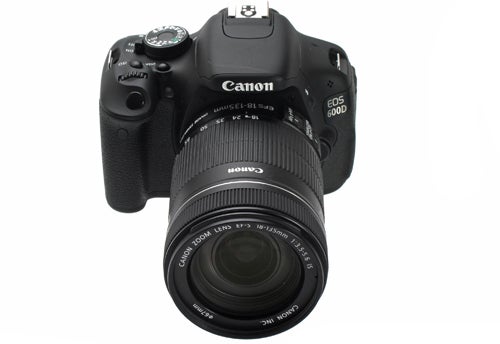
Verdict
Key Specifications
- 18 Megapixel Sensor
- Fully Articulated Screen
- Inbuilt wireless flash trigger
In many ways, the 600D is the first model in the series to buck this trend. While the latest model does undoubtedly add to the strengths of its predecessor with a number of hardware upgrades, new features and design tweaks, the core specification remains largely unchanged from that of the 550D it supersedes, but not altogether replaces.
Indeed, Canon has already confirmed that the 550D will remain in the line-up for the time being, essentially offering consumers the option of a stripped-down 600D for less money.
Looking more closely at those aforementioned specs, the 600D is built around an 18-megapixel, APS-C sized CMOS sensor and the same Canon DIGIC 4 processor as the 550D. Sensitivity remains pegged at a useful, if not class-leading, ISO 100-6400 with ISO 12,800 available in expanded mode.
The similarities between it and the 550D don’t end there, either. The 600D’s nine-point autofocus module and 63-zone metering system also remain unchanged from the 550D, as does the maximum continuous shooting rate of 3.7fps.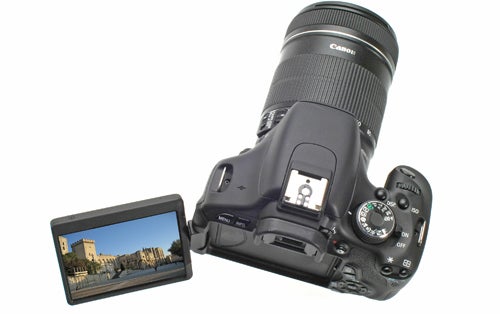
So, what’s new then? Well, the most obvious upgrade over the 550D is the addition of a high-resolution, tilt-and-swivel LCD monitor that extends 180 degrees out from the camera body and swivels 270 degrees on its hinge.
This flexible arrangement makes it especially useful for shooting from high or low angles, or to compose self-portraits with. And of course, you can choose to fold the screen back in towards the camera body for extra protection when it’s not in use.
While the 600D’s standard aspect ratio when through the viewfinder remains at 3:2, using the camera in live view mode now offers a choice of alternative aspects – 4:3, 16:9 and 1:1 – that can be used when recording either still images or movies. Again, this is something that the 550D didn’t offer.
Unlike its predecessor, the 600D also offers a number of Creative Filter Effects that can be applied to Raw and JPEG files post-capture. Accessed via the Quick menu button while the camera is in playback mode, the effects include: Toy Camera, Soft Focus, Miniature, Grainy Black and White and Fish Eye. Within the same editing menu you’ll also find options to protect, rotate, rate and resize your images. 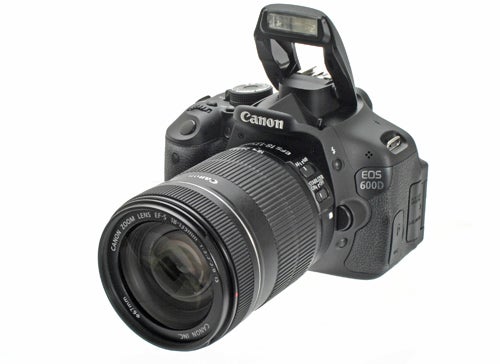
As might be expected the results obtained by these digital filters are a bit basic compared to what can be done using proper image-editing software. We’d also have to say that some competitor models (we’re thinking primarily of the Pentax K-r here) offer a greater range of digital filter options, along with more scope to fine-tune your settings. Nonetheless, they’re a useful addition for if you’re caught short without your normal editing software to hand.
One other notable new feature, inherited from the 7D and 60D but absent on the 550D, is the ability to use the pop-up flash as a wireless commander unit to trigger off-camera flashguns with. This opens up all kinds of creative fun for off-camera lighting enthusiasts and is good to see in an advanced entry-level model like this.
In stills mode, the 600D offers all the regular shooting modes expected of a Canon digital SLR, including the creative quartet of Manual, Aperture-priority, Shutter-priority and Program. Canon’s Automatic Depth-of-field mode also features, along with a choice of five individual scene modes and a forced flash-off option.
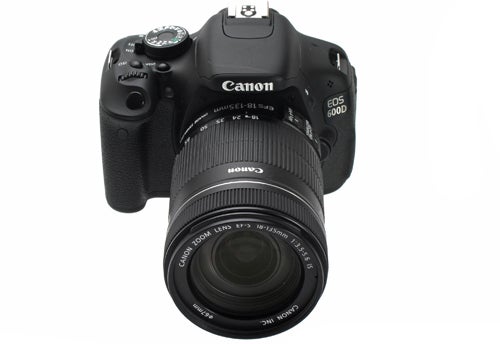
Although not entirely ‘new’, two of the more beginner-orientated shooting modes have seen some revision over what was previously found on the 550D. The first is Scene Intelligent Auto mode, which replaces the old Full Auto mode. It’s still very much a point-and-shoot option, the primary difference being that, as the name implies, the camera will analyse what’s before it before selecting an appropriate scene mode and applying the appropriate colour settings (ie – vivid for landscapes, muted for portraits).
The second revision is the addition of Basic controls to the Creative Auto (marked CA on the shooting mode dial) mode. This again is a fully automatic option, but does allow you to select how much background blur you want via an on-screen slider, with another option whether to use flash or not.
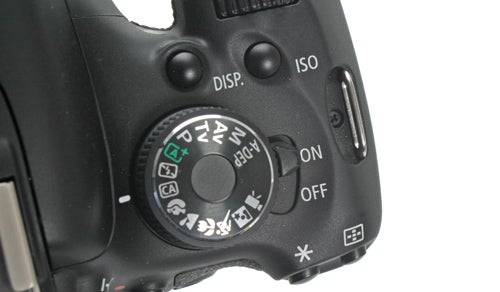
Perhaps more useful to DSLR newcomers than either of the revised shooting modes is the addition of an On-Screen Feature Guide that displays a brief description of the 600D’s shooting modes and various settings as you navigate through them. Sadly this doesn’t extend into the menu options, so while you’ll get a brief description of how Shutter priority can be used to freeze or blur moving subjects, you won’t get any info on what ‘Live View shoot’ in the main menu refers to. For that, you’ll have to go down the old-fashioned route and look it up in the supplied manual.
The 600D retains the same individual Picture Style settings found on the 550D, namely: Auto, Standard, Portrait, Landscape, Neutral, Faithful, Monochrome, along with three user-defined settings. These control the level of sharpness, contrast, saturation and colour tone parameters applied to each image and store them, so that you can quickly switch between a rich, vivid look for landscape photographs to more muted settings when, say, shooting someone’s portrait.
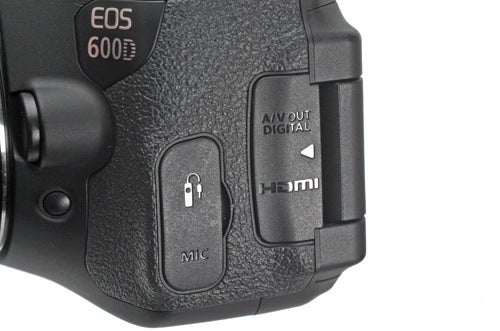
As with previous Canon DSLRs, the Auto Lighting Optimizer and Highlight Tone Priority options continue to be offered on the 600D. The former enables you to program the camera to automatically correct image brightness and contrast via three degrees of strength (along with an ‘off’ option), while the latter helps to retain highlight detail with a choice of three settings: ‘low’, ‘standard’ and ‘strong’.
For JPEG-only photography both of these features do have their benefits, with Highlight Tone Priority proving particularly useful on bright, sunny days where highlights can all too easily be lost. However, they are less essential for carefully exposed images recorded as lossless Raw files.
These days digital SLRs are increasingly expected to offer some kind of movie recording facility. The 600D duly obliges with the ability to record 1080p full HD movies at a choice of 24, 25 or 30 frames per second, or 720p movies at 50 or 60 frames per second. Movie mode is accessed via the video icon on the main Mode dial, with a one-touch record button also falling within easy reach on the back of the camera. You can’t however, start recording without selecting the right mode and nor can you take a picture while recording video, without interrupting the clip.
Compared side-by-side, the 600D is slightly bigger and heavier than its predecessor; but thanks to some subtle design tweaks it still feels comfortable in the hand. The right-hand grip accommodates three fingers and feels noticeably bigger in the hand than the 550D’s grip. The thumb channel on the back is also more pronounced than it was on the 550D.
Over on the other side of the camera, the new model benefits from the addition of a rubberised finish, allowing you to get a better overall grip with your left hand too. Overall, we think the 600D feels slightly more secure to hold than its predecessor.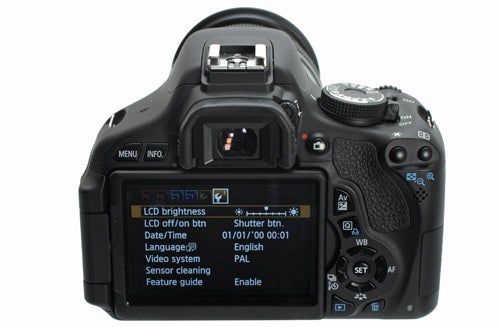
Button layout has also seen something of a re-jig, thanks to the space-hogging articulated monitor. The eye-sensor that used to be found under the viewfinder of the 550D has gone, with a Display button located just in front of the main shooting mode dial now employed to toggle the monitor display on and off.
In its place just to the left of the viewfinder is an all-new Info button, which is used to toggle between basic shooting and histogram information while in playback mode, and also as a quick reference guide to what camera functions are enabled and disabled while the camera is in shooting mode.
The directional-pad is now slightly smaller and both it and the buttons around it have shifted closer towards the thumb channel. We’d hazard a guess that the 600D’s more pronounced thumb channel is, at least in part, a deliberate attempt to ergonomically steer your thumb away from pressing any of these buttons by accident. If so, then it seems to work well as we didn’t inadvertently press any of the directional buttons during testing.
Elsewhere, the 600D also gets a flatter mode dial, with finer finger grooves giving it a slightly more premium look, and that’s about it.
The 600D is ready to start shooting the instant you flick the ‘off’ switch to ‘on’, with no discernable delay whatsoever. When not in live view the 600D autofocus system uses a phase-detection method that enables super-fast focusing. The 600D’s nine AF points are spread out in a diamond shape within the viewfinder, with only the central point being a cross-type sensor (equally as quick, irrespective of whether the camera is being held in landscape or portrait mode), with the other eight being linear. Ideally we’d like to have seen a bit more coverage across the viewfinder, although it is of course possible to bypass this problem by using the focus-recompose technique when shooting.
By way of comparison the recently announced Nikon D5100 offers 11 AF points with one central cross-type and the Sony A580 uses 15 AF points with three cross types. The Pentax K-r, meanwhile, betters all of three by offering 11 AF points, nine of which are cross-type. While the 600D just about holds its own, it’s hardly class-leading.
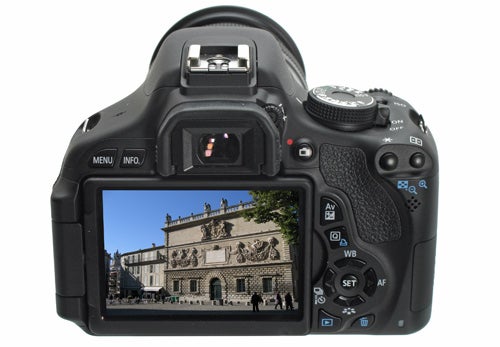
If the ability to reel off shots at speed is a priority then it’s worth noting that the 600D is no faster than then the 550D at 3.7 frames per second. In tests we found no buffer limits on the highest quality JPEGs, although shooting in Raw we were only able to shoot seven consecutive images before the buffer was full. Shooting Raw and JPEG simultaneously, we managed just five images before the buffer choked.
Switching over to live view you have two options of contrast-detect autofocus (the second simply employing it in partnership with face detection), or you can opt for Quick mode, which momentarily shuts live view down and swings the mirror back into place so that the camera can activate phase-detection autofocus, before returning to live view. The whole process in Quick mode takes momentarily longer than it would were you using the viewfinder.
We found that using Quick AF mode was the preferred option when shooting in live view, with the two contrast-detect options being just too slow for any kind of candid or spontaneous photography. This is fine for still life and landscape photography, but when it comes to capturing fast-moving objects the 600D’s sloth-like live view autofocus just isn’t up to the task.
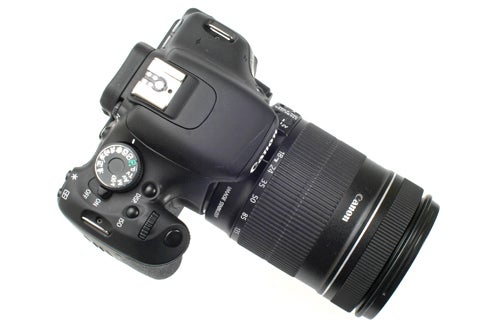
It’s possible to use the two contrast-detect AF modes while recording movies, but it’s not a great user experience, being both incredibly slow and quite noisy – the latter being something the camera’s built-in microphone is sure to pick up. With a bit of practice you’ll get far better results by switching AF off altogether and using the manual focus ring on the lens instead. Sound is recorded in mono via the built-in microphone, although it is possible to connect a stereo microphone via a 3.5mm socket on the side of the camera.
Despite its operational shortcomings movie quality remains very high. White balance proves consistently reliable, allowing the 600D to produce naturally vibrant colours without over saturating things. The 18-135mm kit lens also does an admirable job of keeping things sharp with good detail.
While autofocus performance in live view falls a bit flat, there can be no such complaints about the performance of the LCD monitor. With a resolution of just over one million pixels it’s both pin sharp and crystal clear. Whether you’re composing images or movies with live view or reviewing images and movies you’ve already shot, it’s a pleasure to work with.

The 600D also scores very highly for overall image quality. While the choice of Picture Style does affect the characteristics of each image, there’s a consistency of quality that marks the 600D out as a rock solid performer. Used on the Auto Picture Style setting, JPEGs consistently deliver a pleasing degree of punch and vibrancy without looking over-worked or unnatural.
Set to evaluative mode, metering proved to be unfailingly accurate in all but the most high contrast scenes. When faced with a scene beyond its dynamic range we found that the 600D tends to retain shadow detail at the expense of highlights, although this can be fixed to a certain degree by the use of the Highlight Tone Priority function and/or by using the exposure compensation button that allows for /- 3EV to be applied. For extra flexibility the 600D also offers centre-weighted and spot metering options.
We had no issues with the performance of Automatic White Balance outdoors, although indoors under artificial light the 600D has a tendency to err on the side of warm. Noise is also very well controlled throughout the sensitivity range, with especially commendable performance in the mid to high settings of ISO 800-1600.
As might be expected of an 18MP APS-C sensor, detail and resolution are both very good, allowing plenty of room for aggressive cropping and manipulation of images in post-production if needed. While JPEGs come out of the camera sharper than their Raw counterparts, there is of course a lot more scope to sharpen Raw files than JPEGs using digital imaging software.
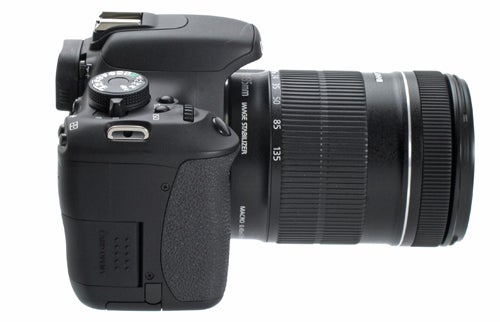
We tested the 600D with Canon’s 18-135mm f/3.5-5.6 IS kit lens although the new model is also available with an all-new 18-55mm IS kit lens. The new 18-55mm contains exactly the same optics arranged in the same way as the old 18-55mm kit lens – the only thing that has really changed is the exterior styling of the lens.
The 18-135mm performed adequately enough, with quick operation and sharp centres. Our only real concerns were with edge sharpness when fully open and purple fringing on high-contrast borders. While neither trait is particularly desirable both are fairly common on cheaper kit lenses, especially those with large focal ranges. It’s also rather noisy when autofocussing during video. The 600D would doubtless benefit from better optics and to this end it’s reassuring to know that it accepts lenses from the entire Canon EF and EF-S lens catalogue.
”’Verdict”’
Given that the twelve-month-old 550D is set to remain in production for the time being as a kind of kid brother to the 600D, is the newer model worth the extra £150 or so? Well, of course, that very much depends on your priorities. If an articulated screen is at the top of your must-have feature list, then only the 600D can deliver this. In many other respects, however, the 600D is much the same camera as the 550D.
That’s not to do the 600D down in any way. The new model adds some improvements and refinements to what was already a very good camera. Movie recording issues aside, the 600D remains a well specified and easy-to-use entry-level digital SLR that delivers consistently good results. As with all new models we’d expect the street price to fall a bit before long, at which point it’s definitely a camera that deserves to be on your shortlist.
ISO 100
At ISO 100 no image noise is visible.
ISO 200
ISO 200 and again, no image noise is visible.
ISO 400
Even at ISO 400 images remain clear and sharp. A little noise has begun to creep in, but it’s still nothing to worry about.
ISO 800
A little noise has begun to creep in, but it’s still nothing
to worry about.
ISO 1600
A small amount of detail is being lost to noise now, but the image remains perfectly usable at ISO 1600.
ISO 3200
At ISO 3200 a little more fine detail has been lost, but the image still remains impressively sharp.
ISO 6400 AT ISO 6400 noise is more noticeable now, even at lower image sizes, but the overall image is far from being a disaster.
AT ISO 6400 noise is more noticeable now, even at lower image sizes, but the overall image is far from being a disaster.
Zoom – wideangle

Used at 18mm the Canon 18-135mm IS kit lens is able to fit
plenty in the frame, although it does produces some notable barrel distortion.
This isn’t quite so noticeable in this image as the vertical lines of the
building are closer to the centre of the frame. The next image demonstrates it
more clearly.
(1/125sec @ f/8, ISO
100, 18mm, AWB)
Zoom – telephoto
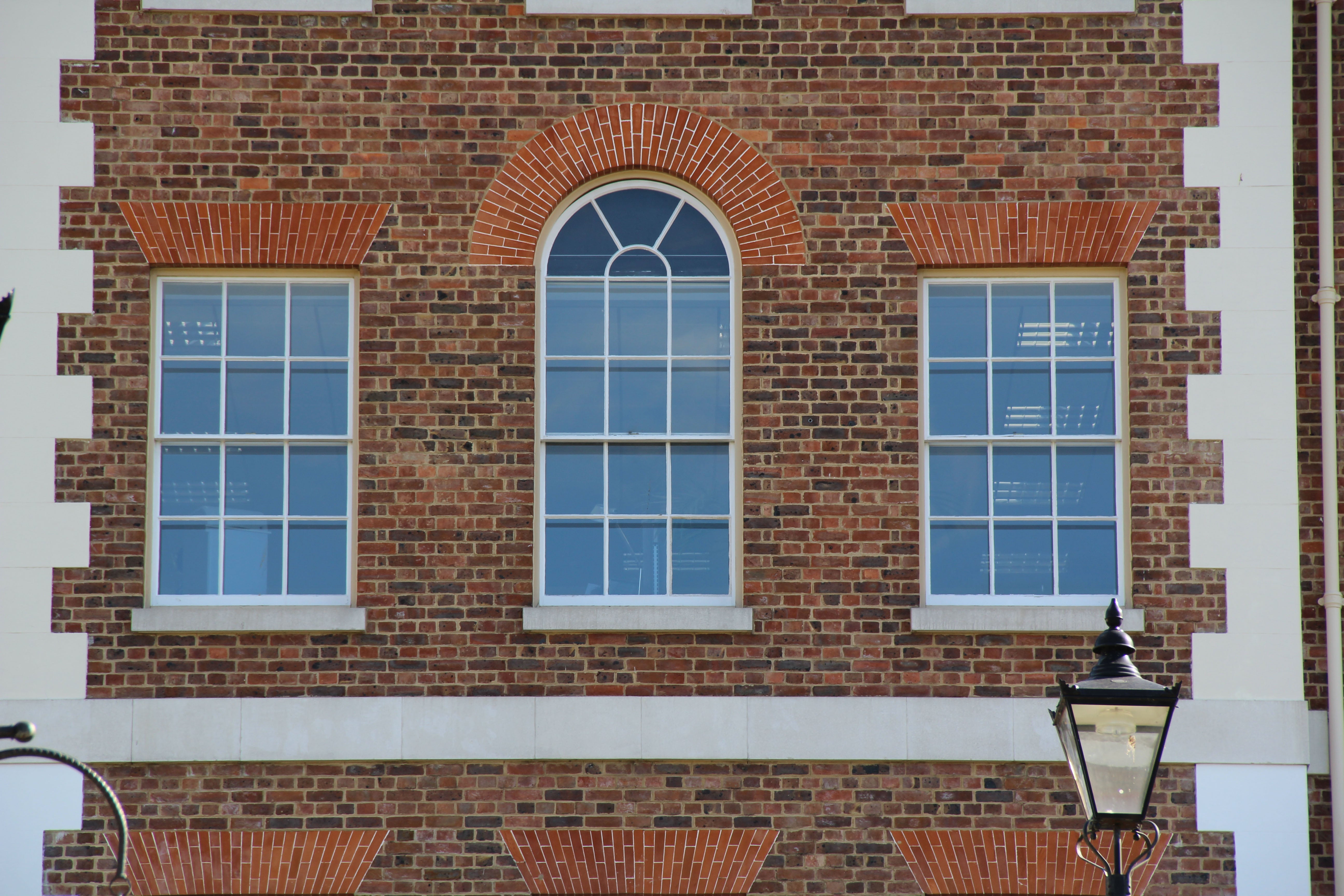
At 135mm the 18-145mm kit lens has produced an image
displaying good levels of sharpness and detail. There is, under close
examination, some unwanted purple fringing in the windows.
(1/100sec @ f/8, ISO 100, 135mm, AWB)
Blossom

Using the ‘Landscape’ Picture Style has increased the
vibrancy of both the cherry blossom and the blue sky behind it, with fairly pleasing
results.
(1/640sec @ f/8, ISO 200, 53mm, AWB)
Soho Dragon

Even with the sensitivity cranked up to ISO 3200, there is
still plenty of detail visible when this image of a Chinese dragon is viewed at
100%
(1/100sec @ f/8, ISO3200, AWB)
Cake

Shot through a shop window, the bright display lights have
fooled the 600D’s evaluative metering system here into slightly overexposing
the image
(1/60sec @ f/5.6, ISO 800, 126mm, AWB)
Paddle Boat

The 600D’s 63-segment evaluative metering has performed well,
with only some very minor highlight loss in some of the white-painted areas of
the boat in direct sunshine.
(1/400sec @ f/8, ISO 200, 100mm, AWB)
Flowers and Statue
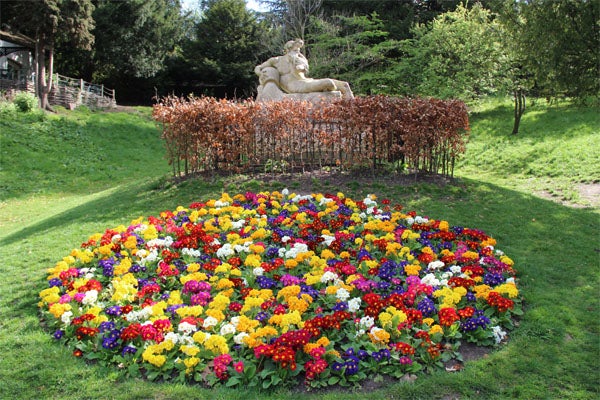
By selecting the A-Dep shooting mode we’ve asked the 600D to
maximise the depth of field and yet it’s selected an aperture of just f/3.5.
There’s also some nasty purple fringing on the edges of the statue that really need
fixing in post production.
(1/500sec @ f/3.5, ISO 200, 18mm, AWB)
Squirrel

In this quick grab of a passing squirrel we’ve raised the
ISO to compensate for using the zoom at its telephoto extreme, thereby ensure a
fast enough shutter speed to keep the main subject sharp. With the Image
Stabilisation feature of the kit lens switched on this has produced a good
result.
(1/250sec @ f/5.6, ISO 500, 135mm, AWB)
Trusted Score
Features
| Camera type | Digital SLR |
| Megapixels (Megapixel) | 18 Megapixel |
| Optical Zoom (Times) | N/Ax |
| Image Sensor | 22.3x14.9mm, APS-C, CMOS type |
| Optical focal length | N/A |
| Shutter speed | 30 - 1/4000 second & bulb |
| Auto focus | 9-point AF (one cross-type) TTL phase-detect, contrast-detect in live view |
| Manual focus | Yes |
| Max output resolution | 5184x3456 |
| Other resolutions | (3:2) 3456x2304, 2592x1728, 1920x1280, 720x480; (4:3) 4608x3456, 3072x2304, 2304x1728, 1696x1280, 640x480; (16:9) 5184x2912, 3456x1944, 2592x1456, 1920x1080, 720x400; (1:1) 3456x3456, 2304x2304, 1728x1728, 1280x1280, 480x480 |
| Focus range | N/A |
| Exposure control | P, A, S, M, A-Dep, Scene Intelligent Auto, Creative Auto, Flash off, 5 Scene, Movie |
| Exposure metering | Evaluative, centre-weighted, spot |
| Exposure compensation | +/-5 EV in 1/3 or ½ |
| Image Stabilisation | Lens Based |
| ISO settings | 100-6400 (12,800 in expanded mode) |
| LCD Monitor | 3in, 1,040k-dot 3:2 Clear View TFT, vari-angle |
| Viewfinder | Pentamirror, 95% coverage, 0.85 magnification |
| Flash range | GN13 equivalent (ISO 100) |
| Flash modes | Auto, Manual, Integrated Speedlite Transmitter (wireless) |
| White balance modes | AWB, Daylight, Shade, Cloudy, Tungsten, White Fluorescent light, Flash, Custom |
| Drive modes | Single, Continuous, Self timer (2s, 10s+remote, 10s + continuous shots 2-10) |
| Image formats | Raw, JPEG |
| Picture adjustments | Auto, Standard, Portrait, Landscape, Neutral, Faithful, Monochrome, User Defined x3 |
| Video (max res/format) | 1920 x 1080 @ 24/25/30fps, mono sound |
| Movie length | 29min 59secs, or max 4GB |
| Self timer | 2, 10 seconds |
| Memory card slot | 1 x SD |
| Supplied memory | No |
| Batteries supplied | Yes |
| Charger supplied | Yes |
| A/V output | HDMI |
| Charging/Computer Connection | miniUSB 2.0 |
| HDMI | Yes |
| AV Out | Yes |
| Manual | Basic printed guide, full manual on CD |
Physical Specifications
| Dimensions Width (Millimeter) | 133.1mm |
| Depth (Millimeter) | 79.7mm |
| Weight (body only) (Kilogram) | 570kg |

